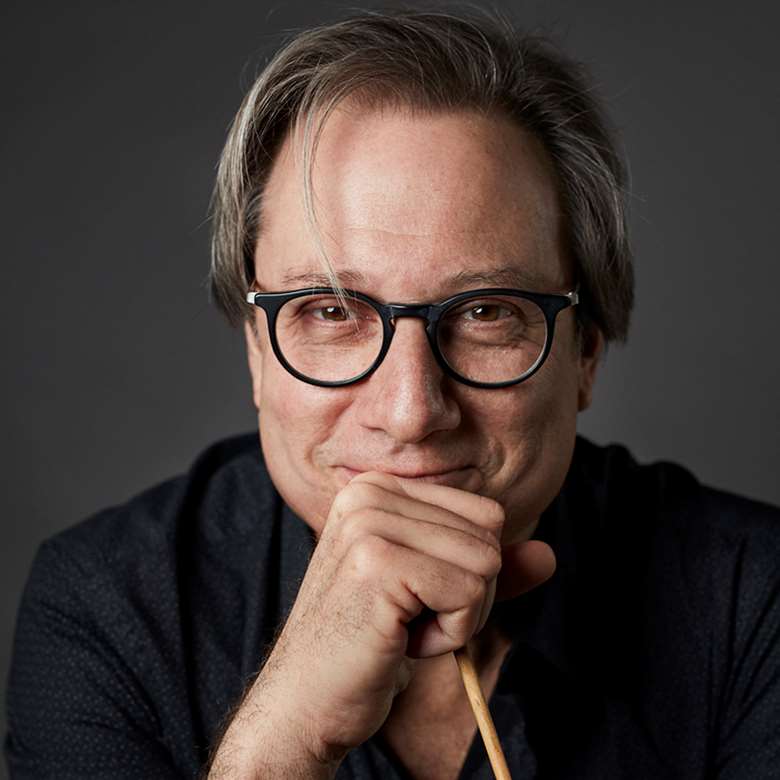Figaro in the City: Mozart as a television series
David Stern
Thursday, March 4, 2021
A young cast, imaginative filming - how the project came about. Watch the first episode for free

When I had the initial idea to salvage a concert version of the Marriage of Figaro, Paris was just coming out of its first confinement period. Springtime was bursting out, we no longer needed to fill out forms to leave our homes and while all performing venues were closed, the prevalent feeling in the streets was that the time had come to find imaginative ways to keep music alive. I had just spent a month re-reading Magic Mountain, and coming down from the heights of the sanatorium, I felt an urge to find a way to refit our project to adapt to the challenges of the day.
Recently I had met a retired American biologist, whose house contains one room dedicated to private concerts. As a researcher well versed in virology, he became my Covid-guru and acted as our overseer as we planned to record Figaro in his music room with the young singers of my ensemble, Opera Fuoco. I was aware that the rush to record performances for the internet was leading to a glut of videos that was already alienating the concert-starved public. It seemed that if I was to add to this list, I had to conceive of a format dedicated to a web audience, more attuned to watching episodic content.
I connected to a young videographer, Alexandre Camerlo, and, to my great luck, he knew Mozart’s opera from start to finish. His vision included two key elements: the use of only one camera, and no cuts within any episode. He wanted to capture the fluidity of every scene, and have the audience see the camera angle as an extra character in the room. We were certain that we wanted to avoid the idea of a filmed performance: that the singers should avoid singing to an 'audience', that the 'fourth wall' would be erased and that the interactions between them would be based on the situation of the plot, and not a staged interpretation. As the instrumentalists and conductor disappear, the characters move fluidly from the opening opera rehearsal atmosphere to a real-life scenario. Like with any television series, each episode of Figaro in the City was created to heighten the dramatic tension of the plot and to leave the audience waiting to see what happens next, all the while remaining faithful to Mozart’s original score.
While the entire project faced innumerable obstacles, we also had a number of very lucky turns. Since I needed a baritone/bass for the role of Bartolo, I asked my friend Laurent Naouri, one of the most important French singers, to join us. Not only did he agree, adding a new role to his repertoire (he has sung the Count in the biggest halls in the world), he also offered us to film the fourth act (the last half of the second season) in his garden outside of Paris. As public gardens were closed during this period, we had the run of his property, which includes all of the foliage mentioned in the libretto.
In hindsight, what began as an attempt to allow young singers to learn new roles ended up a new format for experiencing opera. It may seem to be a gritty and artisanal result that has to be experienced in the context of the pandemic, but it is encouraging that Mozart and Da Ponte can still shine light upon us during our darkest hours.
Figaro in the City is available on Marquee TV, and Gramophone readers can watch the first episode for free by clicking here.
The full series of Figaro in the City can be found here: Marquee TV - Gramophone readers can get 50% of an annual subscription to Marquee TV by using code OF50.







